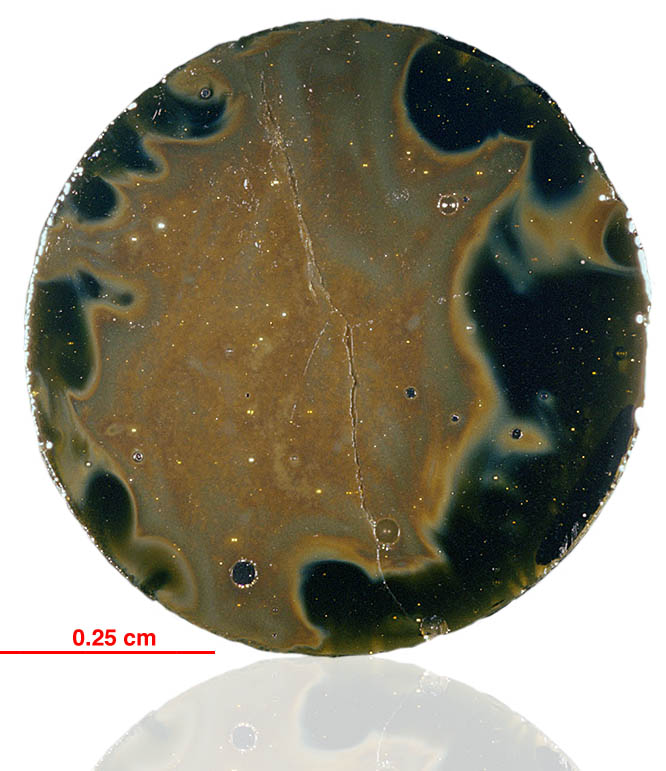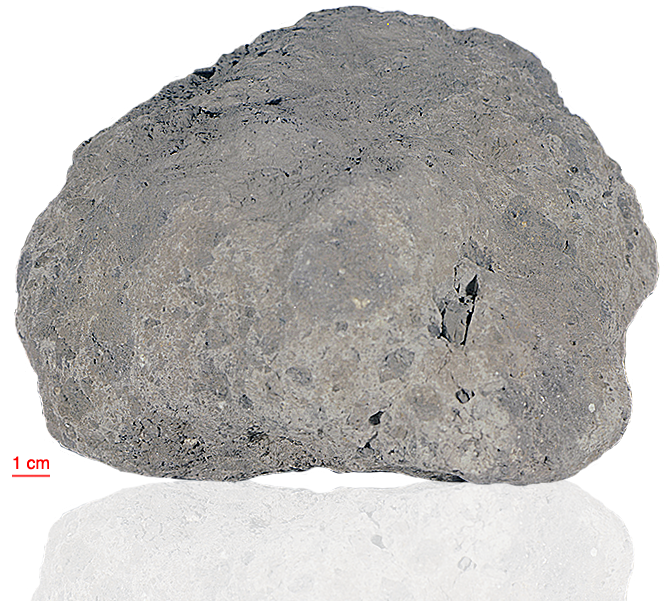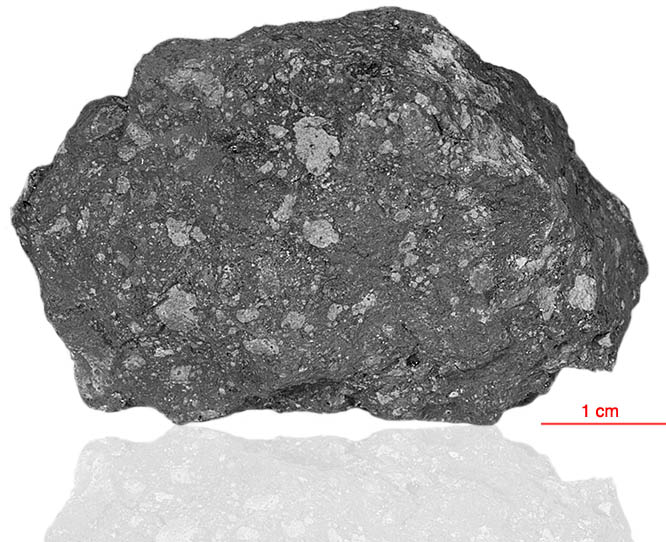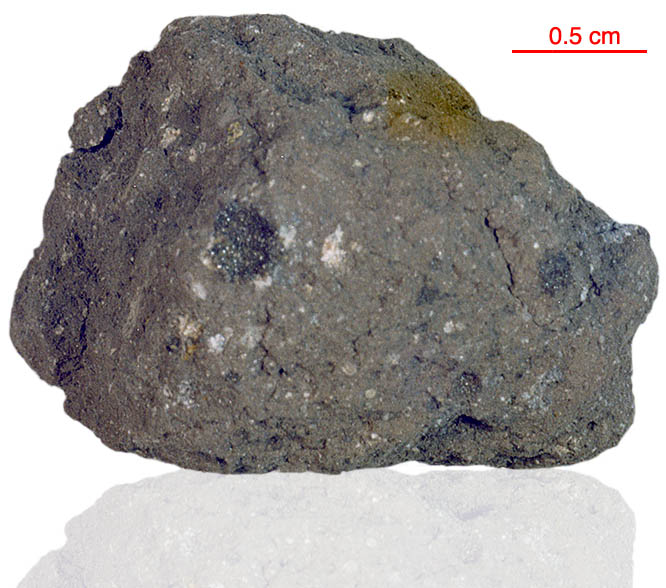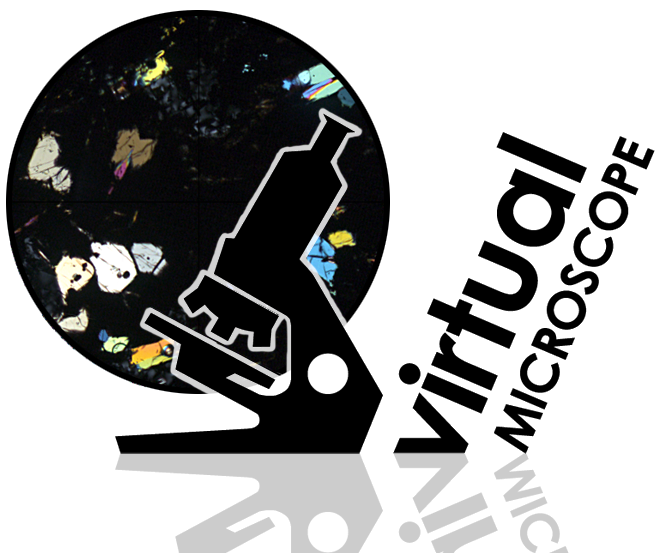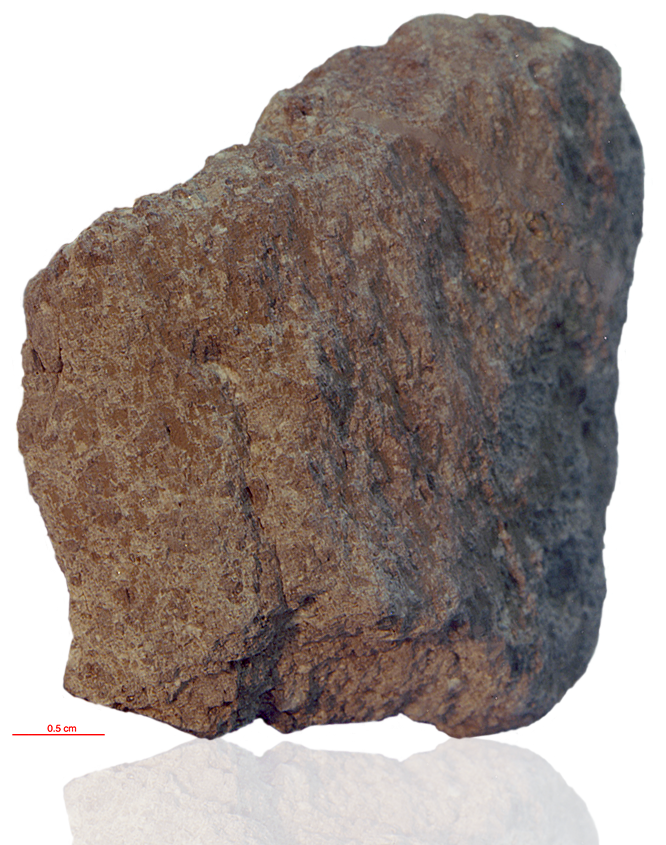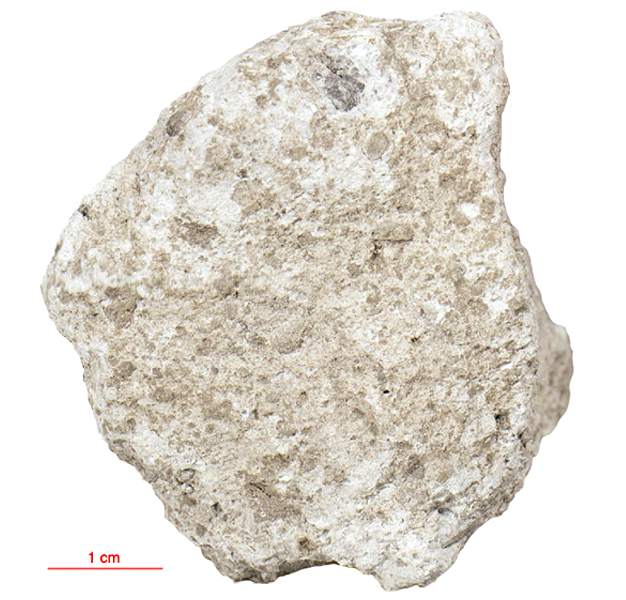
Fact sheet
14064 is a friable breccia having about 40% of sub-angular to sub-rounded clasts in a very light-grey matrix. Dark clasts are subordinate to light clasts, and there is some glass. It is a polymict breccia composed of a mixture of lithic and mineral clasts in a fine-grained matrix with seriate grain size distribution. Plagioclase is the dominant mineral, with subordinate pyroxene, olivine, ilmenite, spinel and metallic iron grains.
The sample weighed 107.5 grams before analysis and is 3.81±0.04 billion years old (Ar/Ar).
Rotation 1 shows a fine-grained basalt clast containing a pinkish-brown spinel crystal. Our thin section is slightly thick and in places displays plagioclase feldspar as pale yellow crystals (in XPL). Rotation 2 shows some of these crystals and two fragments of brown glass.
Further details of this and other Apollo samples are here: http://curator.jsc.nasa.gov/lunar/
The Apollo 14 landing site was in a region formed by impact-basin debris.
Most of the 42 kilograms of rocks and soil collected on Apollo 14 are breccias (rocks that are composed of fragments of other, older rocks). In some cases, the rock fragments that form a breccia are themselves breccias. Such rocks obviously have experienced complex histories with multiple generations of impact events. Some breccias were heated enough that some of the material in the rock was melted.
Apollo 14 was launched on 31 January 1971.

